Hiding Beneath The Surface
Chatting with Tarantula: Authors And Art feature artist of March 2022, photographer Sandra Vitaljic
If you are new or have landed on Tarantula: Authors and Art for the very first time, welcome to our monthly interview with our featured artist. Throughout March, we were lucky to explore and meet the fascinating world of Sandra Vitaljic’s photos; now you get to “hear” her voice. If a friend forwarded you this article, welcome; if you like it, share it or why not subscribe?
Beautiful landscapes overgrown with moss; thick untouched forest where man has never stepped foot in, at least we think; a nymphlike woman radiating in a yellow light as well as rainbows and ice caught in the moment before their disappearance are carefully selected images that photographer Sandra Vitaljic chooses to share with us. Their self-reflective almost meditative quality entice a wider audience by making us feel at peace before revealing what really hides beneath the surface.
Sandra understands the power of images and how they were used to manipulate people through out history as well as in the present moment. Bombarded daily by images of violence, words of hate, we succumb to different opinions and become numb in order to survive, thus we often turn our heads away from the many questions that plague our societies.
However, Sandra, not afraid to be uncomfortable, confronts those issues right up front, and yet, in her photos there is no place for anger, ugliness, sensationalism. The untouched forests symbolize lands deeply engraved in a nation’s memory of how their identity has been constructed; the gentle face of the almost doll like woman with closed eyes stands for all the women who were murdered in domestic partnerships; and under the rainbow lie stories of women who immigrated to a new land.
One could argue that Sandra’s choice of photographs is also deceiving. However, her respect for each and every image, understanding when they can be too much or need to be protected despite their promise of “fame,” shows her honesty, and proves that we can address important issues without gore or guilt. Sandra Vitaljic captures beautiful images in order to bring us back home; for us to return to our own humanity and empathy because only then we can start searching for solutions and live peacefully.
TARANTULA: AUTHORS AND ART: When did you discover photography, and when did you decide to become a photographer?
Sandra Vitaljic: I have discovered photography in my first year of high school. I was interested in journalism and I started taking a photography class. A whole new world of possibilities opened for me, and I have decided to become a photographer. I haven't regretted it since.
During my career, I have worked with very different types of photography, from fashion, editorial and advertising aiming for the pages of glossy magazines to fine art photography dealing with violence and collective memory, more suitable for the white cube of the galleries and museums.
Photography allowed me to evolve and learn and followed me in my interests and preoccupations. At some point, I have dedicated myself to the academic career and did research on war photography, later published in the book "War of Images - Contemporary War Photography." It is great that I was able to do so many different things within a seemingly single profession.
Looking through the camera's viewfinder, what are you looking for? How do you know that the image in front of you will make a good photograph?
These days I rarely look through the viewfinder looking for a "good photograph." At the end, a photograph is preconceived and more a result of the thinking and research process than something found by looking through a viewfinder.
To be honest, I am rethinking my process and what photography means to me in general. I am wondering how one can come up with a different visual language. Therefore, my recent work titled "I Just Greet Back" relies more on stories I write from conversations I have with women than on my photographs. What I photograph is quite personal and self-reflectional. It is an unambitious visual diary, a backdrop for the stories. I guess I am on a journey of rethinking many things, and it might be that the journey is the destination.
You have recently moved to Sweden, and in the last few years, you have become a mother. How did those two major experiences affect you as an artist?
Yes, my children Saga and Kian are 8 and 5. Becoming a mother changed my priorities, which affected my ability to work a great deal. I am struggling to keep my artistic practice going, often feeling that I am stealing time from my family. Sometimes, I have a feeling that I can't even hear my thoughts anymore :-) But I also know that creating is such a big part of who I am that I am not prepared to give up while still having something to say and the urge to express myself through art.
I try to be as effective and focused as possible when I work, so the time I dedicate to a project is well used. I am, though, restricted in many ways. I have very limited time to go out to gallery openings and talks in the evenings. Residencies are out of the question at the moment. A very few residencies consider artists with families or offer some form of child care so that the parent can work. That affects many women artists in particular. Not to forget that artistic work is often not even perceived as "proper" work. As a parent, you want stability for your family and being an artist is quite precarious, even in Sweden, where support for artists is way better than where I came from.
Moving to Sweden put a new layer to existing challenges because I am in a new environment without a network within the art world or society in general. But it also brought new ideas, opportunities and time for self-reflection. I have always strived to learn and experience new things rather than just enjoy the privileges I have earned without the chance to grow. When I have felt I had reached a ceiling, I was prepared to move on, even if that meant leaving everything I had achieved behind and starting from the beginning.
In Sweden, I am still trying to connect and feel the social fabric. My work mostly deals with social issues, so it is crucial to understand the society that one is part of. I am still on the outside looking in. The pandemic made it more difficult to integrate. But I was able to get support from Konstnärsnämnden, which meant a lot to me, not just for an economic reason but also to confirm that my work matters. I guess I needed that validation in this vulnerable and precarious moment of my life to feel accepted and encouraged.
On the surface, your photographs are beautiful and gentle, at times ethereal. However, in your art, nothing is obvious. What these photos symbolize is dark, and that which we often turn our backs to because we don't want to deal with it. One can say that you are drawn to the shadow side of society? Where does this urge come from? Is photography a good medium to confront these themes?
Yes, one might say that I am drawn to the dark sides of society, but the work that I have done is on subjects that matter to me. I observe specific issues, and I feel the urge to address certain topics. Even when the subject is personal, I try to see it within a larger social context.
Art has the power to engage with society on a different level. Through my work, I try to open space for reflection on the topics I work with. I don't impose conclusions or ready-made answers on the viewer. I prefer to offer the audience images and text and let them look outwards and inwards. I do work with demanding subjects, and it often happens that society avoids dealing with them. Hopefully, through art and photography, complex topics become more tangible and easier to wrap one's mind around.
Due to the sensitive nature of the series Beloved, we had quite a few conversations if we should use the photos from the series in Tarantula: Authors and Art or not? Can you tell our readers what lies behind these, in some way, very feminine and gentle images as well as a little bit about the process of taking them?
My photographic installation "Beloved" is a work about killings in partner relationships. The topic is visualized through objects containing photographs with human parts scarred by deadly wounds. Body parts that once could arouse romantic and erotic feelings are depicted as dead, cold and damaged. Through this series, I question loving relationships and destructive emotions arising from an idealized sense of love.
I am well aware this work can be triggering or hard to look at for many people. For others, it might be just dark entertainment. Therefore, I am careful with where I present this work. I don't think those photographs are suitable for use on social media or out of the context of the work itself. They are not meant to be sensationalistic in any way.
Photographs were taken in an old medical archive containing body parts preserved in formaldehyde. I photographed objects that were suitable to communicate the idea I had. The whole process of photographing was difficult for me as well. I put a lot of thought into deciding how to present this work.
At the beginning of our collaboration, the world was still a relatively peaceful place. However, in the last month, we saw how people in power can take parts of a land, glorify them and create myths and symbolism around them in order to justify their aggression towards another country or people. You actually dealt with this in your series Infertile Grounds? What inspired you to start this project and can you tell us about the creative choices you made to realize it?
Infertile Grounds is a series of photographs that examines how politics of memory shape and mould national identity and how the perception of historical events changes with the political system's change. It is focused on Croatia and the whole region that is historically connected, but it is easily understandable for other nations with troubled histories as well. I have visited and photographed places of historical and geo-strategic importance but also places that are not part of the official memory culture. I question who has a right to be part of the institutionalized memory and what events, places and victims are left out. I also look at how historical places end events are mythologized and used to facilitate the escalation of a political conflict into a war in the 1990s.
It is a complex series with many layers. It was challenging to find the right way to deal with it. I decided to focus on the landscape because it is intrinsically a social construct, which Liz Wells, for example, defines as the look that comprehends both nature and the impact that humanity has had upon it. I photographed with an analogue large format camera because I felt it was the proper process that allowed me to work in a slow and meditative way which this topic required.
Your work in progress, "I Just Greet Back," deals with women immigrants that moved to Sweden. How do you find your subjects? How did you decide the title of your series?
Soon after I moved to Sweden, I started writing about the experiences and emotions I went through. It was, I guess, a coping mechanism. Suddenly, I realized I am an immigrant, and that term has nothing but a negative connotation. I became this person who came uninvited to the party. I felt the urge to address this. It is for me a question of dignity that I want to reclaim.
When I started learning Swedish in one of the free programs available, I realized many others are experiencing similar processes. Fascinated by meeting people from so many different parts of the world, I started approaching other women to share this experience. Somehow, I have felt it has to be recorded, even if it is so mundane and seems insignificant at first. It is so many little everyday things that affect so much how we feel about ourselves. Someone refusing to shake hands with you for whatever reason, not being able to do the simplest things by yourself - like grocery shopping, feeling how your kids are becoming more competent than you are, explaining to a gynaecologist how you feel your body through a male translator, even if it is your husband or discovering a flower bouquet at your front door left by kind neighbours. Most of those things you even don't tell anyone because it seems insignificant or emotions are too private...Your old friends are in another place, both physically and mentally, and you still don't have new ones.
This feeling of disconnection and in-betweenness is very present in "I Just Greet Back.” I took the title from one of the stories, which expresses how even one's personality changes in this new environment. Through the title, I also wanted to emphasize this need for mutual interaction. Greeting back involves two-way communication. This collective diary, as I call it, is meant to become a conversation and not just us telling how we feel. I am working on developing a way to involve other women in this conversation; women who are well established within Swedish society, regardless of their background, Swedish or foreign. I hope this work can become part of a broader public discussion on immigration and the right to choose where you want to live.
Where can our readers find out more about you and your work?
You are welcome to visit my website sandravitaljic.com or follow me on Instagram https://www.instagram.com/sandravitaljic/
Thank you for chatting with us, Sandra. We are looking forward to seeing how your new country inspires your work!
A Call for Action by Sandra Vitaljic
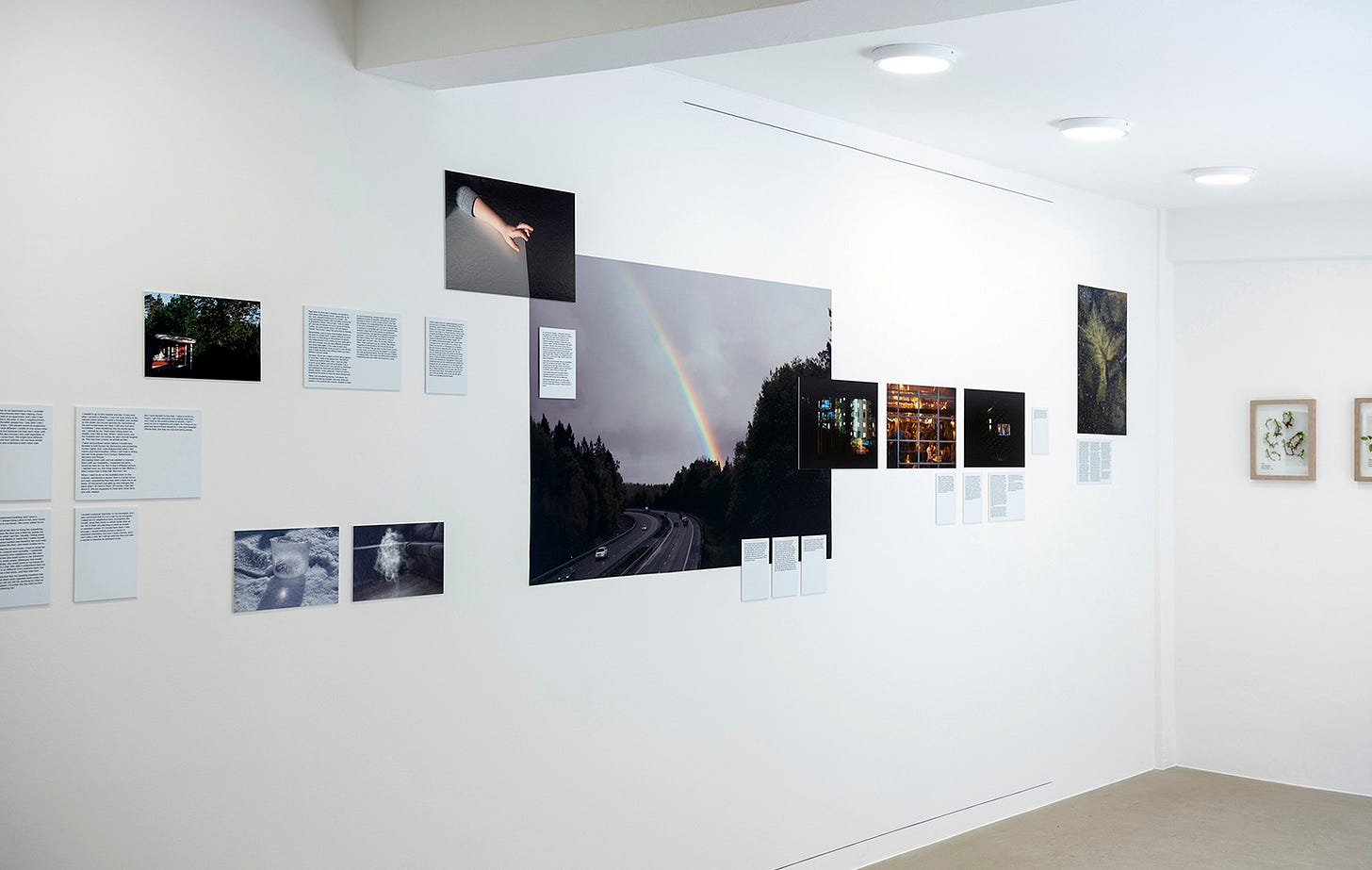
I would like to invite your readers to participate in the project"I Just Greet Back:" If you are a woman immigrant and interested, please email me at i.just.greet.back@gmail.com. Right now, the project is focused on Sweden, but the experiences of immigrants are quite universal regardless of where you are. Women from all regions are welcome to contact me.
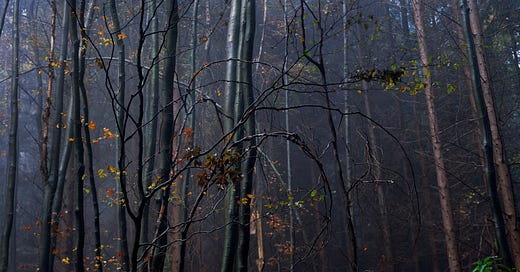



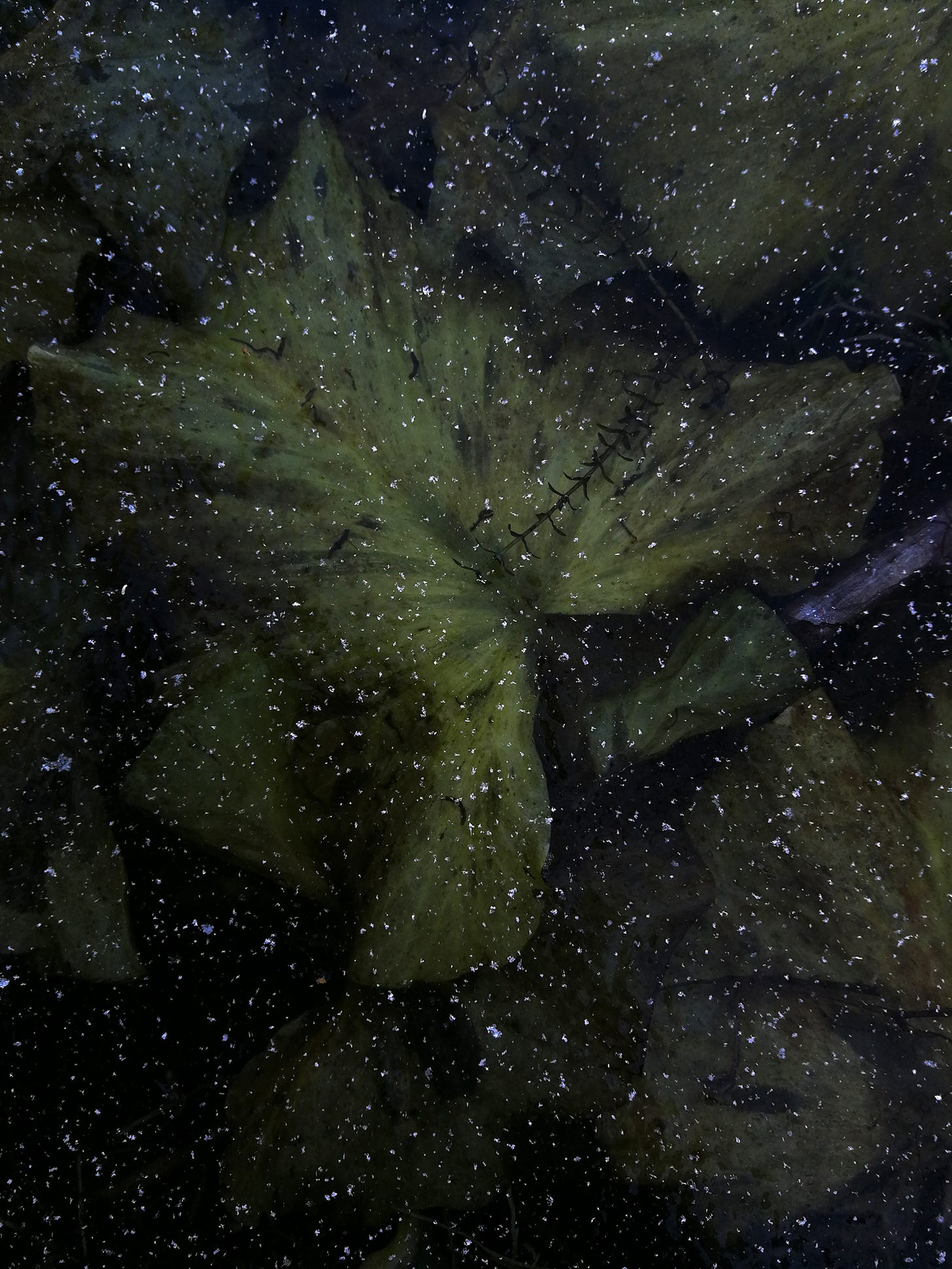
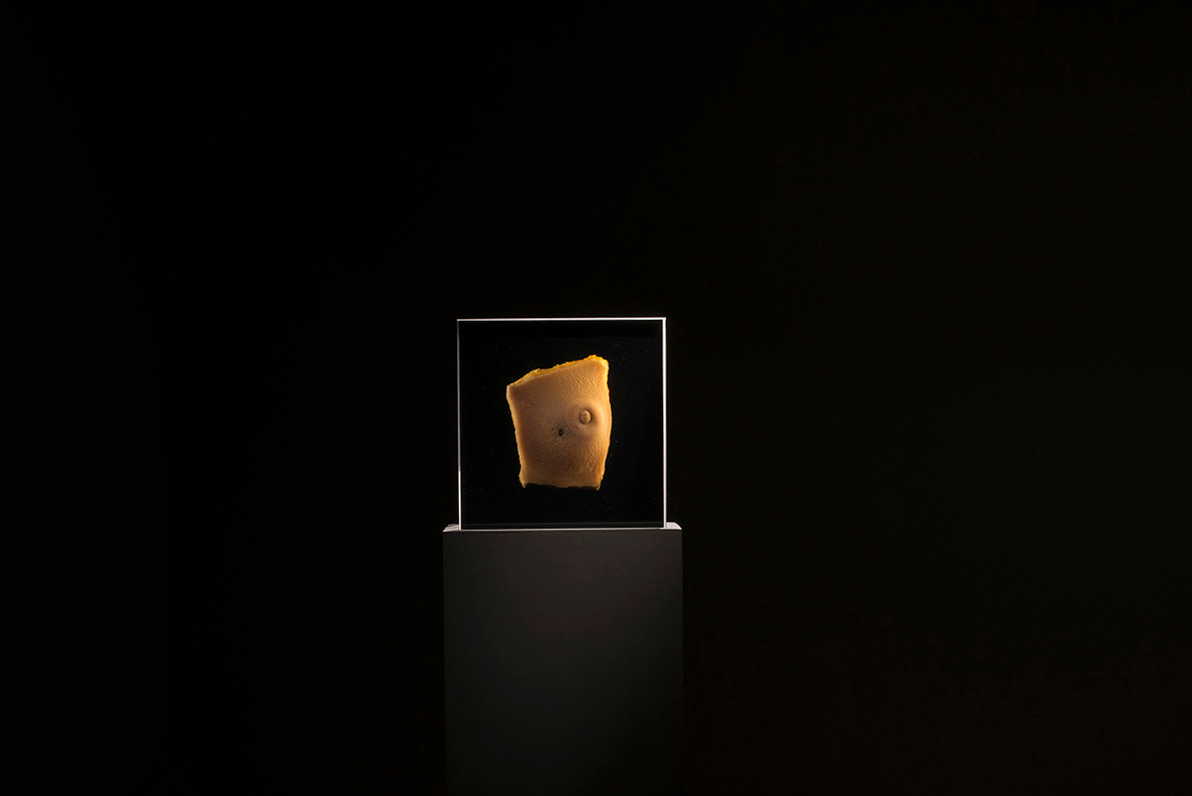

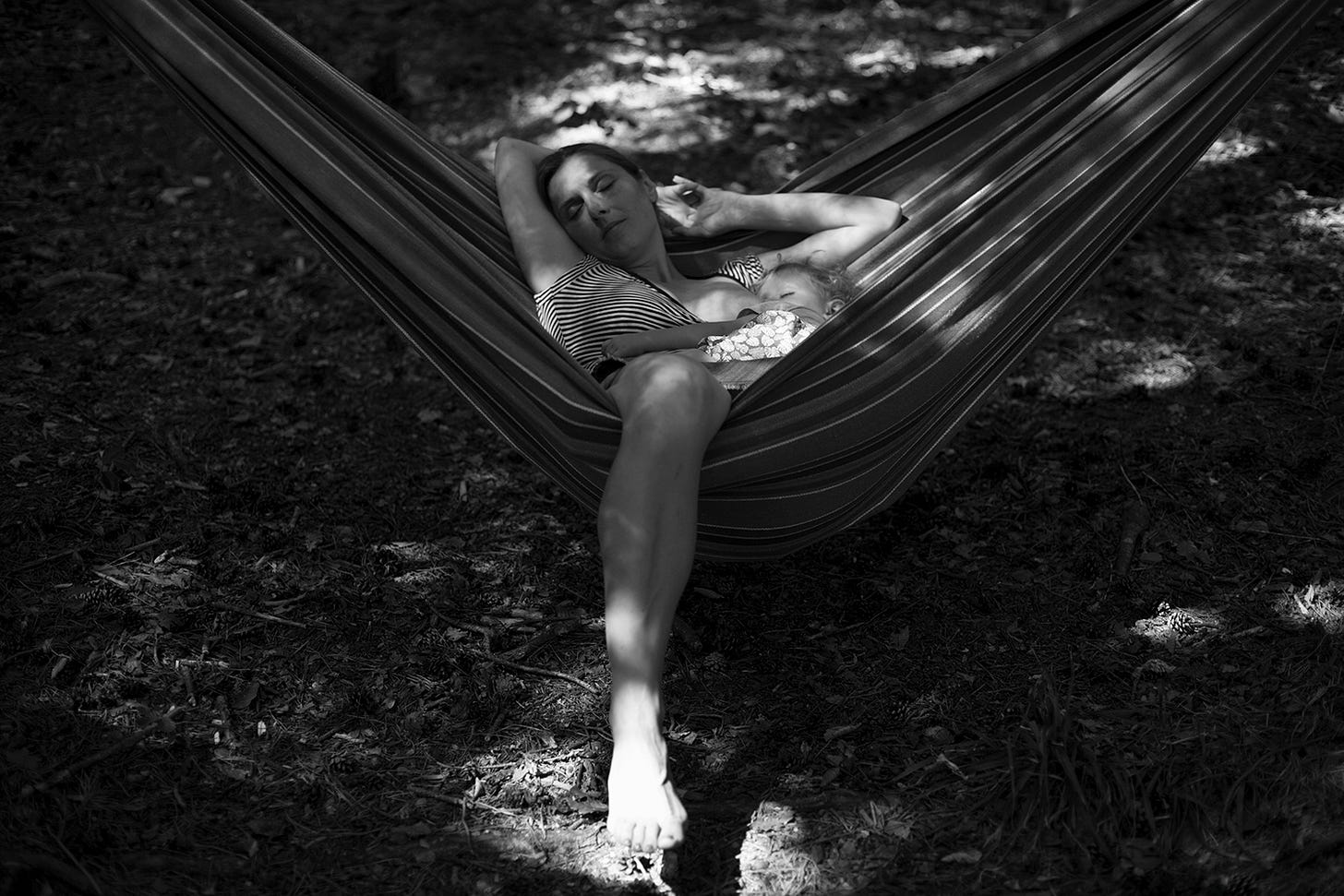
Bravo Sandra. As a very young I was taking photography classes. I even had published one photo in a local paper. As a university student I was in photo club. At older age I went for the digital photo classes, but, I newer tried to do it professionally. I admire your work and please, do not give up. Follow your dream, your kids will be proud of you.
I'm loving the new banner Maja. :) Thank you for the thoughtful interview and for introducing me to to Sandra's work.